Full throttle: Taiwan’s Gogoro wants to make India its global EV manufacturing hub
Gogoro’s ideas for India go beyond tactical expansion to capture a slice of the EV market in the country. The Taiwanese company believes India can serve as a global manufacturing hub for its electric scooters and swapping stations.
Electric scooter maker and battery swapping company is undaunted by the challenges it could face in the Indian market—be it the still-evolving norms and regulations in the EV (electric vehicle) ecosystem, logistical constraints, or competition from well-entrenched market players.
As it draws up its plans for India, the Taiwanese company is taking an ‘all in’ approach, which includes manufacturing scooters, bringing in swappable batteries, and setting up a battery swapping infrastructure, akin to what it has done back home in Taiwan.
Gogoro’s ideas for India go beyond tactical expansion to capture a slice of the EV market in the country. It has, in fact, set an ambitious goal for the country—the company sees India as a prospective global manufacturing hub for its electric scooters and swapping stations.
“Gogoro India is going to serve almost every single market in the world outside of India,” says Kaushik Burman, Gogoro’s India General Manager and MD, in a conversation with YourStory.
But before it gets to this grand global hub plan, the company knows it has to lay a firm foundation and put first things first. It has set the ball rolling through strategic partnerships with local players in order to make its batteries more interoperable and gain a significant foothold in the Indian market.
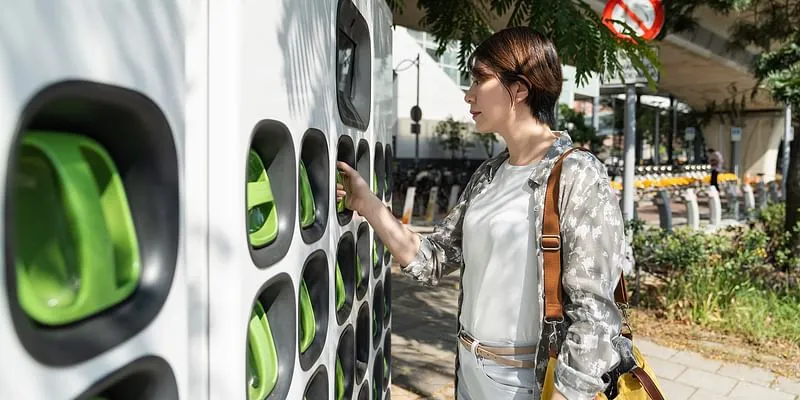
Strategies for India
Buoyed by the pace of adoption of EV two-wheelers in India and the coming together of the regulators and the industry to create a blueprint for the sector, the company announced its India expansion plans late last year.
However, since then, Gogoro has been quite tight-lipped about its exact India play. And it does not seem to want to talk details—the capex it has earmarked for India, the number of swapping stations it would set up here, the number of jobs it would create, the number of scooters it hopes to launch in the coming year and their costs, the subscription plans for India, and the companies it's looking to invest in.
But Kaushik is willing to place on record the company’s commitment for India. “We’re committed to making India work,” he says.
The company has chalked out two basic strategies: leverage government benefits and support and forge partnerships with local players to expand in the market.
The EV maker has already signed three important deals in the last couple of years:
In April 2021, Gogoro set up a joint venture with Hero MotoCorp for its battery swapping business and to bring Hero-branded, Gogoro Network-powered EVs to India.
And in November last year, it announced a partnership with Zypp Electric, an EV-as-a-service platform, for a B2B pilot in Delhi for commercial e-fleets, which is still ongoing. Notably, Gogoro led Zypp's latest $25-million Series B funding round.
Last month, at the World Economic Forum in Davos, Gogoro, along with Belrise Industries, an Indian automotive systems manufacturer, and the Government of Maharashtra, allocated a capital outlay of $2.5 billion for setting up battery swapping stations throughout Maharashtra.
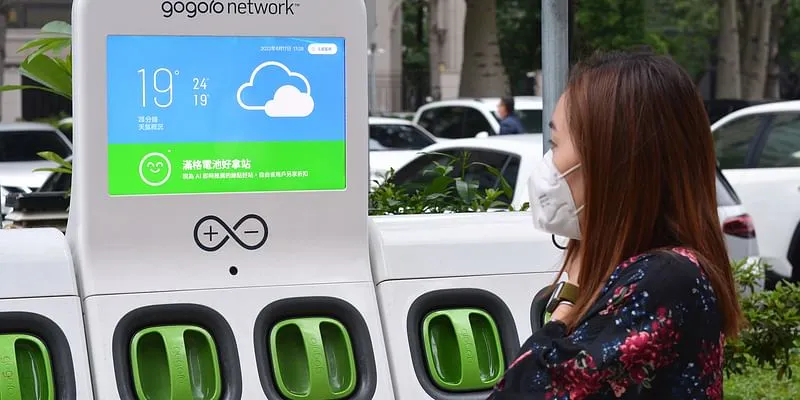
“The future of smart sustainable cities and countries is not about a single company or government but about a community coming together to instill a new way of thinking and a new way of utilising sustainable energy in an open and accessible way," Horace Luke, Founder and CEO of Gogoro, had said during the announcement of the deal.
While building relationships and partnerships with local businesses may be fairly straightforward, access to government grants may prove to be more difficult as subsidies for the battery swapping ecosystem aren’t widely available and their scale is still not commensurate with what is available in Taiwan.
The Taiwanese government has committed to invest $191.5 million from 2023 to 2026 to promote subsidies for purchasing e-scooters and installing charging points and swapping infrastructure. Subsidies are also provided for infrastructure.
Government support
For now, Kaushik is choosing to see the glass half full. He believes the FAME II subsidies have led to “a lot of traction on the demand side of things”, referring to the increase in the number of EVs sold in India, particularly in the two-wheeler segment.
FAME, which stands for Faster Adoption and Manufacturing of Electric Vehicles, was conceived by the Government of India to help bring down the cost of EVs and make them more price-competitive vis-à-vis combustion engine vehicles.
The second phase of FAME (FAME II) focusses on supporting the electrification of public and shared transport as well as one million two-wheelers. The government had earmarked Rs 10,000 crore for a period of three years commencing 2019 for FAME II subsidies.
Apart from these subsidies, the government has also been involved in giving direction to the EV industry through a policy framework. In April last year, the government think tank NITI Aayog introduced a draft battery swapping policy to fast-track EV adoption by making them more accessible and affordable via subsidies.
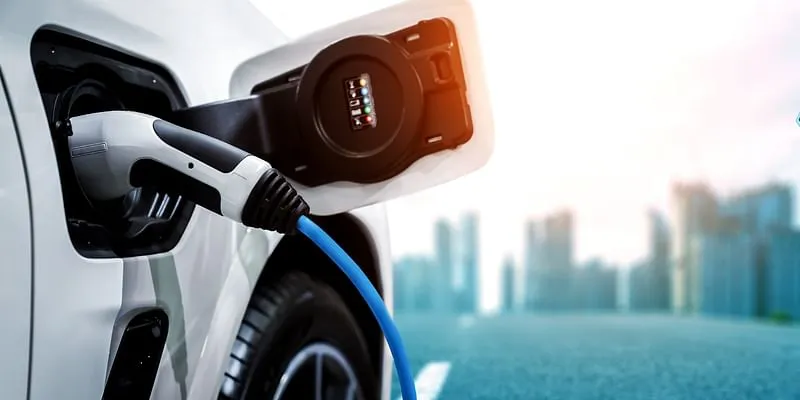
Kaushik thinks a lot more can be done on the infrastructure side.
“It’s a very legitimate policy ask and request to the authorities to consider giving subsidies to infrastructure,” he says.
“To create EV infrastructure equivalent to that of a gas station network, imagine the amount of money that will be required, and unless the State supports it in some shape and form, where is that EV infra growth going to come from?”
Taiwan offers comprehensive infrastructure support, both at the national and regional levels, even financing up to 50% of the capital needed to establish swapping stations, thus providing companies like Gogoro a substantial fillip.
Nevertheless, even in the absence of any government stimulus for infrastructure, Gogoro is bullish on the India story and ready to mobilise the capital needed to set up a significant network in India.
Bets on India
Kaushik posits that, with India being such a densely populated country, charging stations giving way to swapping stations is a logical progression.
Commercial mobility has already evinced interest in swapping stations as they lead to negligible downtime, and Gogoro wants to position this for personal mobility as well.
Kaushik believes personal mobility, at some point, will gravitate towards swapping especially as more EVs hit the road. And that will primarily be because hotspots for charging (in offices and apartment complexes) will have a limited number of charging points, which may not be able to service the growing number of EVs.
A swap station that can service 30 EVs at the same time is a more tenable option, he says. "So, whichever way you slice and dice it, I do not see charging as a means to solving the friction of range anxiety for EVs."
Gogoro claims it takes six seconds to swap its batteries, but customer reviews online say it takes more than that—roughly one minute—mainly because the batteries weigh between 13 and 15 kilograms.
Even at one minute, swapping a battery is a much faster solution than a fast charger, which takes around 15 minutes to fully charge a battery.
Gogoro plans to initially set up infrastructure to service the commercial fleet sector and eventually move towards the retail segment.
Kaushik, who had spent nearly a decade at Shell, says he has been talking to several oil and gas companies, as well as retail franchisees, to partner with for its swapping stations.
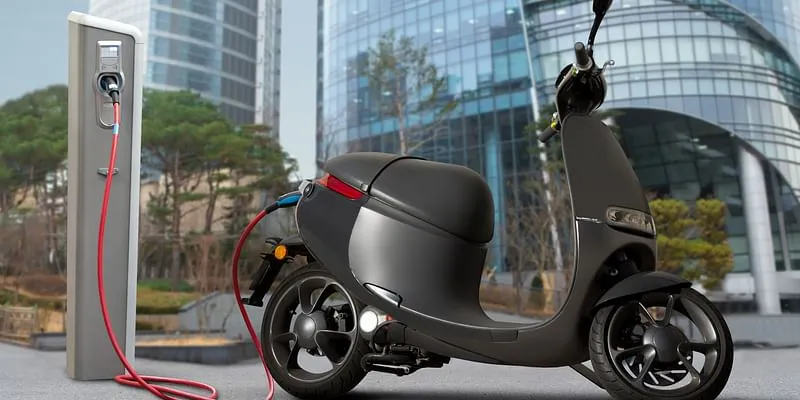
Each station, he believes, could take five to seven years to achieve profitability.
Most, if not all, of Gogoro’s 2,400-plus swapping stations in Taiwan are profitable today and have also managed to boost sales for its retail partners (notably 7/11) in Taiwan.
“This is a long-term infrastructure story and yes, the network gets profitable, but it’s a long-haul game. Even O&G (oil and gas) retailers today take time to recoup their initial investments because real estate costs are high. We’re hoping to break even in 5 to 7 years, at least.”
Stacking up against competition
Meanwhile, competition in the battery swapping space is rapidly heating up in the country.
Gogoro’s India competitors, including , , , and , have announced plans to expand their network of swapping stations over the next couple of years.
Sun Mobility has over 180 swapping stations across 18 cities. It aims to set up 16,000 stations over the next two years. ChargeUp has over 120 swapping stations too, with plans to set up 3,000 by 2024, while Battery Smart has 400-plus swap stations in Delhi-NCR. All the companies have raised significant investments to rapidly scale their swapping infrastructure in the country.
The battery swapping market, particularly for two-wheelers, in India, is expected to hit $27.14 billion by 2028, growing at a CAGR of 18%, according to a Mordor Intelligence research report. A host of reasons, including the proliferation of two-wheeler EVs, new battery technology, and reduction in the cost of owning an electric two-wheeler, are likely to bolster the market, says the report.
Vocal for local
Challenges in the Indian market aside, how does Gogoro plan to make India a global manufacturing hub for its electric scooters and swapping stations?
Kaushik says the company would use indigenous raw materials, employ local people at its manufacturing facilities, and leverage the country’s production capabilities to serve not just the Indian market but also the global community.
The company aims to commence production of its high-speed e-scooters at its plant in Waluj, Aurangabad, by June 2023, and launch them in the market thereafter.
According to media reports, one of the three scooter variants produced in India could be exported to other countries, while the others could be versions of Gogoro’s personal mobility vehicle, Gogoro Viva.
“COVID-19 had an impact on our launch plans [and delayed things for] almost two years. We’re now sort of trying to recalibrate our pace," says Kaushik. He believes 2023 will be an “exciting” year as its launches hit the market and hopes 2024 will see Gogoro finally take off in India.
With existing players already well placed, enjoying a head start in the Indian market, can Gogoro steer a steady course and replicate the success it has had in Taiwan?
Edited by Swetha Kannan








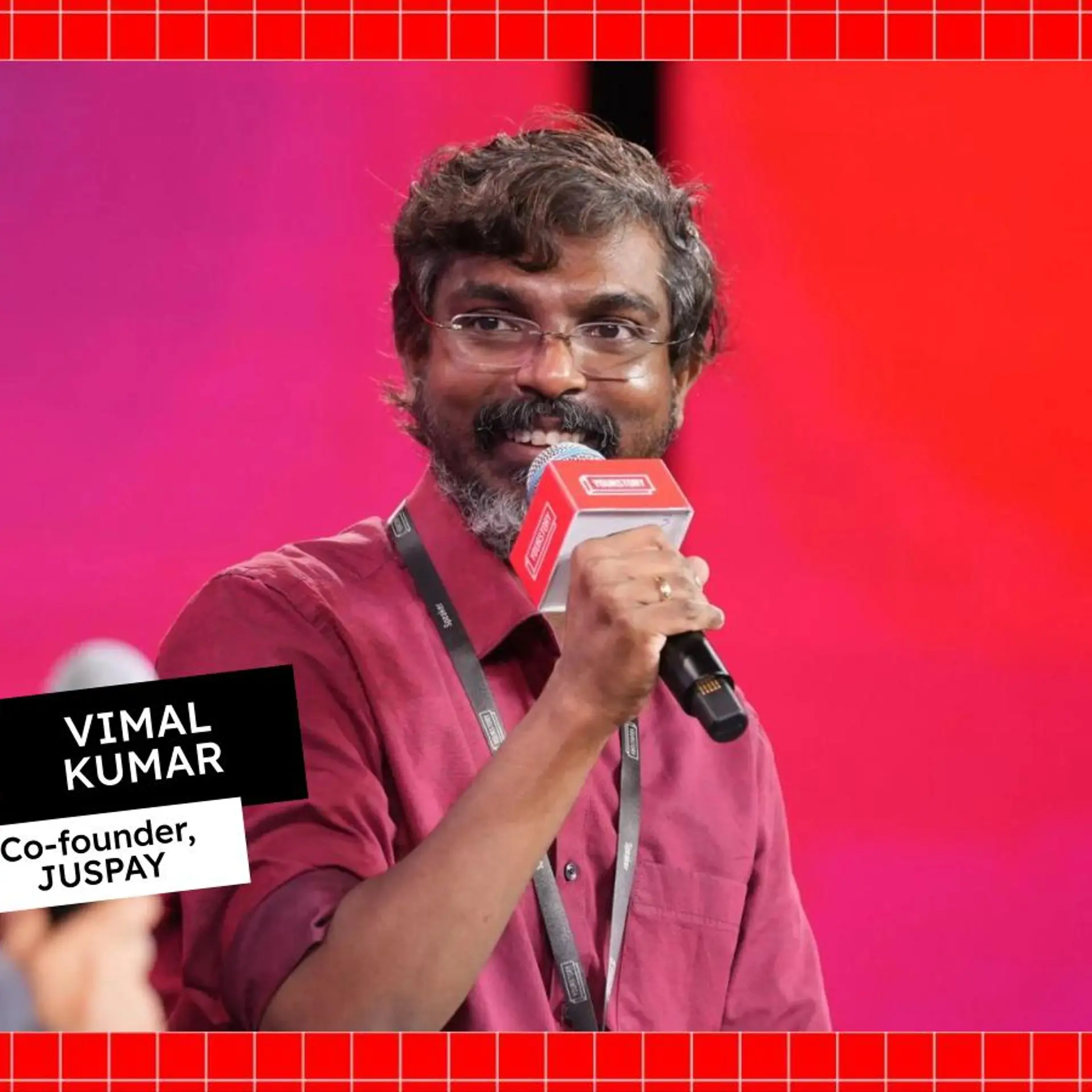
![[YS Exclusive] ‘Had to let a meaningful number of people go for the company’s growth’: Freshworks CEO Dennis Woodside](https://images.yourstory.com/cs/2/fe056c90507811eea8de27f99b086345/CopyofNewPPTTemplates62-1736395865849.jpg?mode=crop&crop=faces&ar=1%3A1&format=auto&w=1920&q=75)

